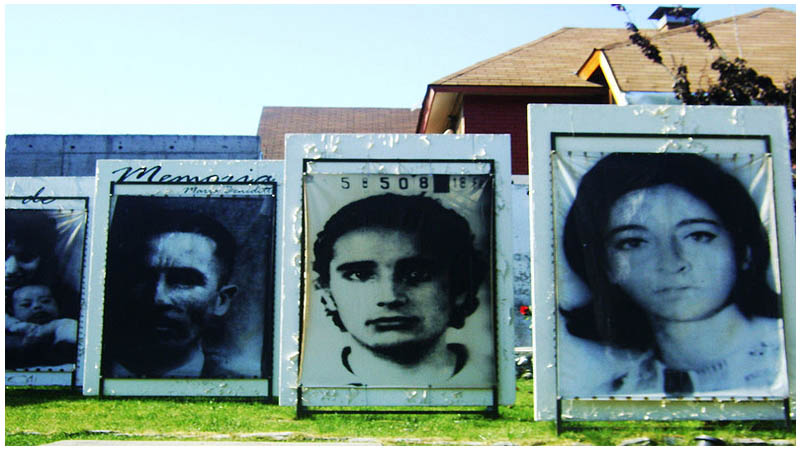Dirección de Inteligencia Nacional, or DINA for short, was once the Chilean Secret Police for Augusto Pinochet’s government. Over the years, DINA earned the moniker of Pinochet’s Gestapo. They had a number of complexes where they worked in secret and one of these facilities was Villa Grimaldi. This is its story.
At first, the villa served quite a different purpose. For decades it was a place where intellectuals and artists alike found their peace and inspiration. Through countless cultural events, this place lived and breathed art. It had a number of rooms where meetings were held, as well as a theater and different halls for entertainment — it was a place for the political elite of the day to gather.

But things turned darker when General Augusto Pinochet came into power on September 11, 1973. According to a number of researchers, the dethroning of the previous leader, Allende, was supported by the CIA and the administration of President Nixon. Needless to say, under such a regime, those who spoke against the government were arrested. Under Pinochet, thousands of students, activists, workers, and individuals were arrested for political reasons.
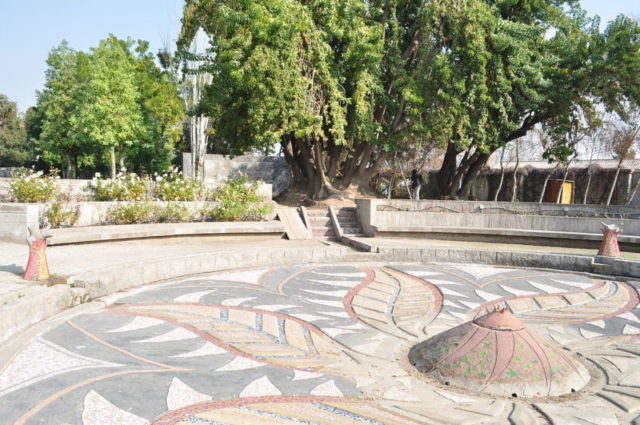
The owner of Villa Grimaldi, Emile Vassallo, was forced to sell; under the guidance of Colonel Manuel Contreras, the villa was taken over and became DINA’s interrogation center. During this period, it became known as Cuartel Terranova — although some still preferred to call it Villa Grimaldi.
It became a prison for as many as 4,500 individuals, 200 or more of whom are reputed to have disappeared, never to be found or heard from again. Among them were physicians and doctors such as Carlos Lorca and Sheila Cassidy; Juan Bosco Maino Canales, the leader of Popular Unitary Action Movement; and even Carmelo Soria, a diplomat.
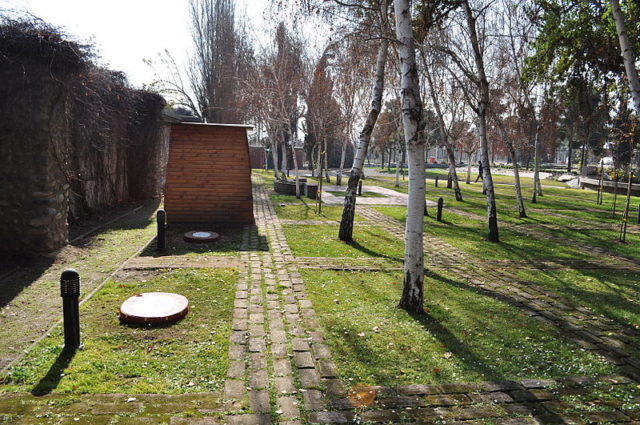
The stories that circulate about this place range from forced detention to torture and execution. According to the Report of the Chilean National Commission on Truth and Reconciliation, “Detention of the victims was not acknowledged. They were kept in clandestine detention, subjected to torture and eventually summarily executed. Their bodies were disposed of in secret.”
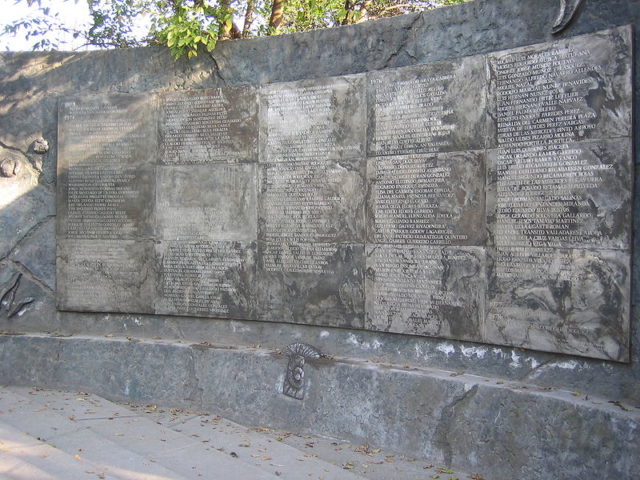
A section of the villa called The Tower was where the most important prisoners were kept. Several individuals would be locked up in cell-like niches, no more than 28 inches in width and depth, and 6.5 feet high. The Tower also featured a torture chamber.
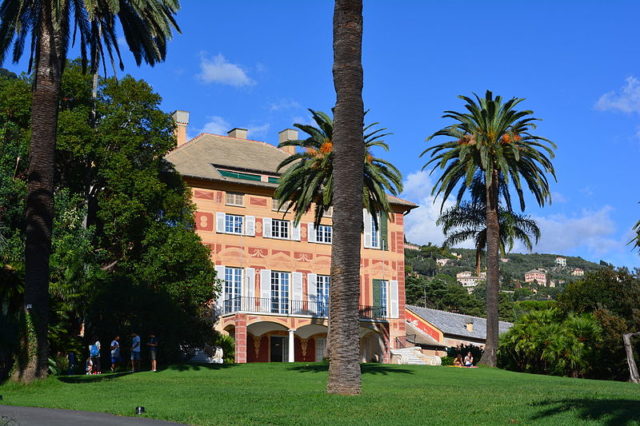
Furthermore, there were a number of wooden structures that were known as Chile Houses and served as a solitary confinement, the purpose of which was to force the individual to stand in complete darkness for days on end. Another favorite form of torture was electric shock — the individual was stripped of his or her clothes and placed on a metal bed that bore the name of La Parilla, where they were mercilessly shocked. Drowning, asphyxiation, and burning were allegedly also on the list of torture methods.
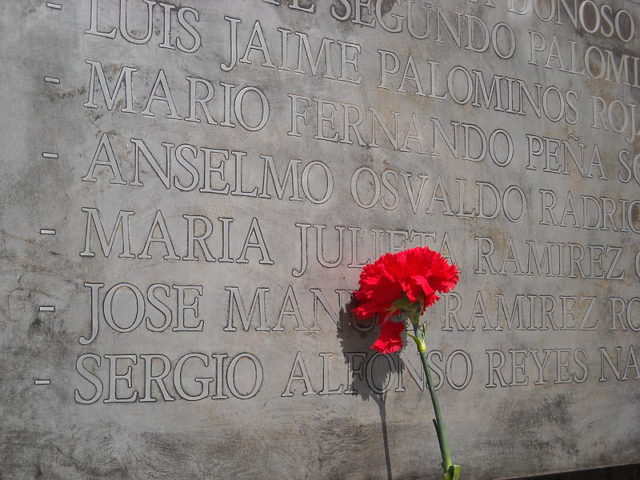
“The DINA is known to have used drugs (the exact kind is not known) during interrogation, apparently to get people to talk. Hypnosis was also attempted but did not produce significant results,” states the Report of the Chilean National Commission on Truth and Reconciliation.
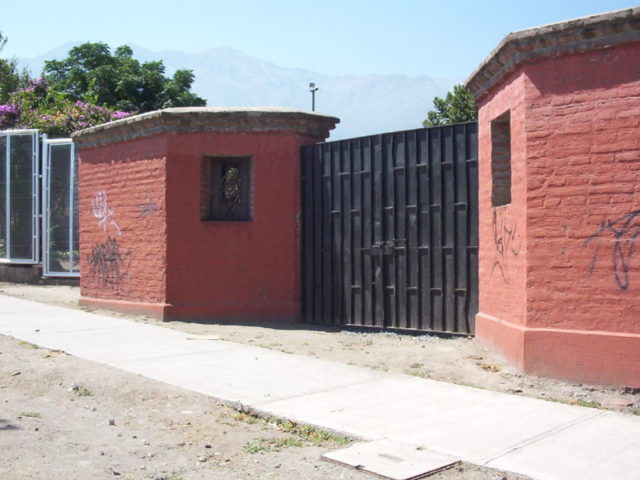
The villa was used up until 1978. It was then sold and subsequently demolished in order to make room for a new housing complex, however the attempt to do so was stopped dead in its tracks. Instead the place was converted into a memorial complex, honoring the lives that were lost within the villa’s walls. In 1994, it was opened to the general public and today anyone can come freely to the place where thousands were once imprisoned against their will.
